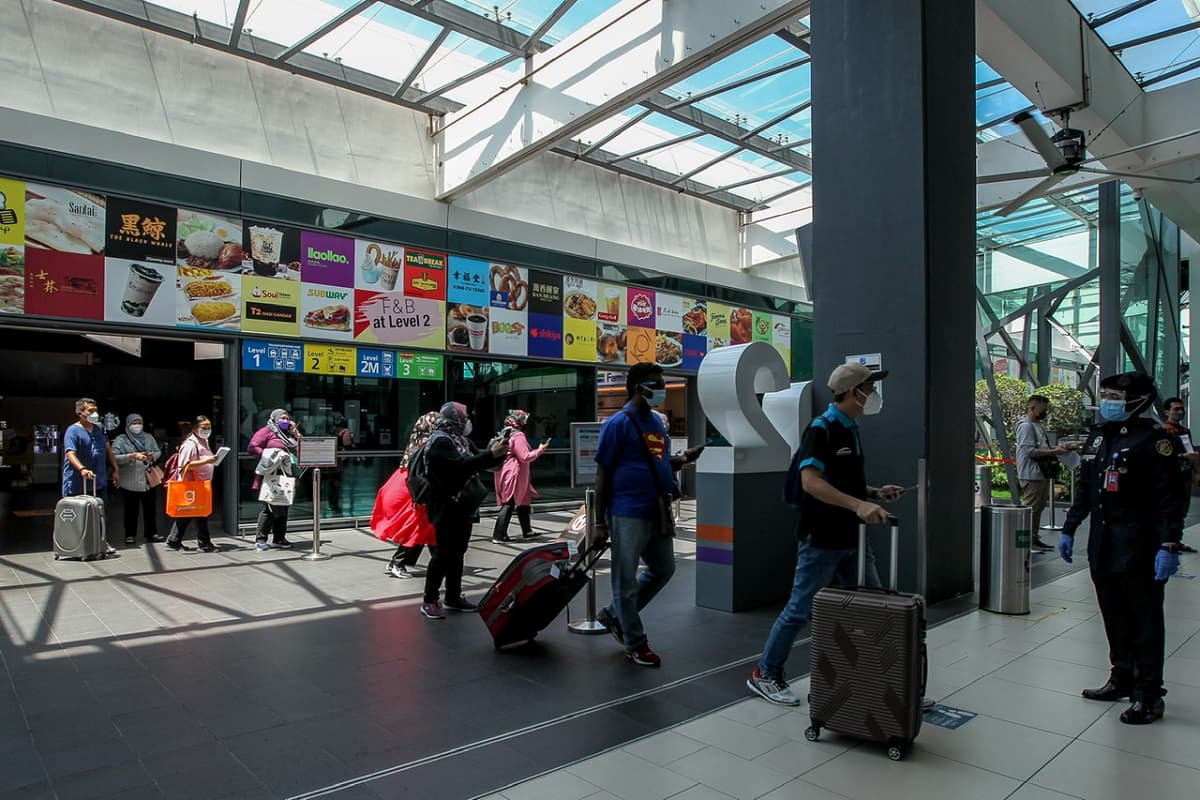
(Oct 14): International borders remain mostly closed in Malaysia despite vaccination rates having reached 90% of its adult population. Yet the same stringency has not applied to domestic mobility restrictions, which have been trending downwards for several months despite an ongoing community outbreak and culminating in the opening of state borders on Oct 11.
The announcement on the easing of interstate travel by Datuk Seri Ismail Sabri Yaakob also noted that travel overseas by Malaysians would be allowed, although they would be subject to a 14-day quarantine on return. This appears inconsistent since the same requirement is not being applied to interstate travel in a country which has had one of the world’s highest infection rates on a population-adjusted basis.
To resolve this inconsistency, it is time to remove the quarantine but not the testing requirement on returning Malaysians and to open the country to international tourism. This is because the Delta variant of Covid-19 is reducing the value of international border restrictions but not its cost. As Delta has become dominant in Malaysia and elsewhere, it has called into question a number of things, including the current combination of mobility restrictions at and within international borders. The variant’s high transmissibility is eroding the health-protective effects of border closures relative to domestic mobility restrictions, while the economic cost of border closures continues to rise over time.
So far, most of the actions to support the economy in Malaysia and most of Asia have focused on easing domestic restrictions. Border restrictions have hardly featured in the calculus. Because borders must remain mostly closed, the economic imperative has required so much domestic easing that health risks have risen sharply, as evidenced by soaring infection rates in Malaysia and Southeast Asia. If this lopsided approach was suboptimal before, it is becoming unsustainable with the Delta outbreak.
Border measures carry a premium only while they keep new variants out. Once they fail, as they inevitably have, their value diminishes rapidly. They fail for two reasons. First, borders are never completely closed, by design, because it would be both impractical and unsustainable to do so. Even the most vigilant about closing borders, countries like Australia and New Zealand, have chosen not to do so despite having the advantage of geographic isolation. Second, because borders are not completely shut, domestic safeguards need to be close to perfect but they are not. Domestic protocols can slip, as they have in Australia and New Zealand, leading to breakthrough infections during quarantine.
Travel bans are an attempt at completely closing the border to select countries and have been employed, unsuccessfully, with the emergence of each new variant. By the time they are instituted against countries where the new variant has been spreading, it is simply too late to stop them. Travel bans could work if we could reduce the time it takes to determine the risks carried by new variants, say from the genetic sequencing alone, but this is not yet possible. Until it is, border measures will not protect us from future variants but improved domestic protocols might. Therefore, keeping borders closed in the hope that it will protect us from the next variant is simply misplaced.
Now that the Delta variant has taken off in Southeast Asia, imported cases make up just a small fraction of total infections. It is small not because border measures are working but because they failed to keep out a highly transmissible variant that then spread rapidly domestically. Once this happens, the value of border relative to domestic restrictions starts to fall sharply. This suggests that shifting the focus from border to domestic restrictions, for any given health-economy trade-off, would be beneficial.
Such a shift would better address economic considerations while providing the best opportunity to contain community spread. The recalibration should not go too far in restricting domestic mobility or it will deter foreign arrivals. Now that interstate movement has been allowed, the opening of international borders is likely to be more successful in attracting foreign tourists. Most countries in Europe and North America have also struck this balance and removed quarantine but not testing for vaccinated travellers from countries with low infection rates. It is time that Malaysia and other Southeast Asian countries with sufficient healthcare capacity start planning for the same.
The only countries in Southeast Asia that have started opening their borders to non-essential international travel are Singapore and Thailand. Singapore has opened up to more than ten countries with low infection and high vaccination rates, most of which have reciprocated. Thailand has employed the sandbox or 'micro herd immunity' approach in the resort islands of Phuket and Koh Samui, opening up unilaterally to a large number of countries. There have been no community outbreaks linked to international arrivals, although Phuket had to ban domestic arrivals after a surge in domestically imported cases.
The experience from Phuket’s opening highlights the relative risks of domestic versus international travel. It should not be surprising that it is domestic tourism that has been riskier in a country still battling a local community outbreak. Furthermore, more stringent safety protocols are usually applied to international tourists, such as requiring testing before and after arrival and limiting the source countries to those with low infection rates, which are usually much lower than in the host country. There are clear lessons here for Malaysia, which has opened the resort island of Langkawi to domestic but not international tourists.
Now that vaccination rates have reached 90%, there is no value in waiting to open borders but only costs.
Jayant Menon is Visiting Senior Fellow at the ISEAS-Yusof Ishak Institute, Singapore, and former lead economist of the Asian Development Bank in Manila.